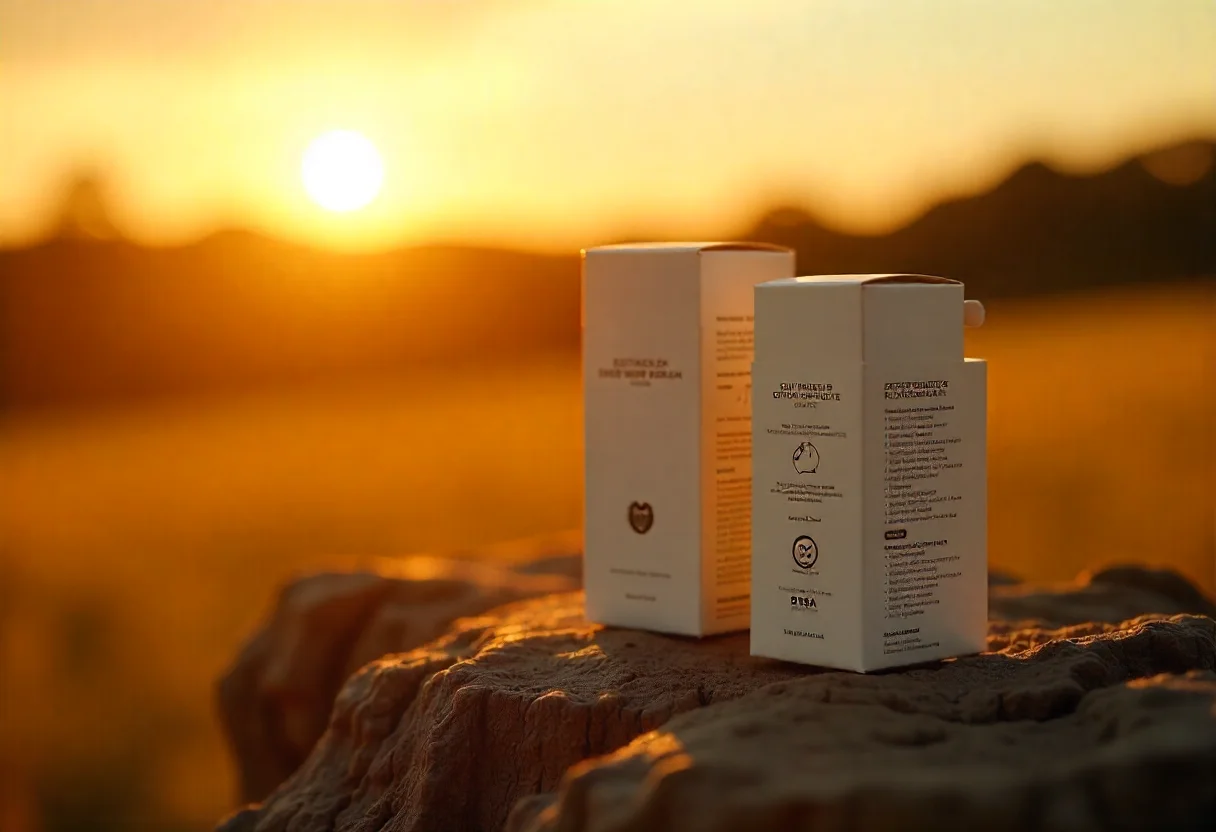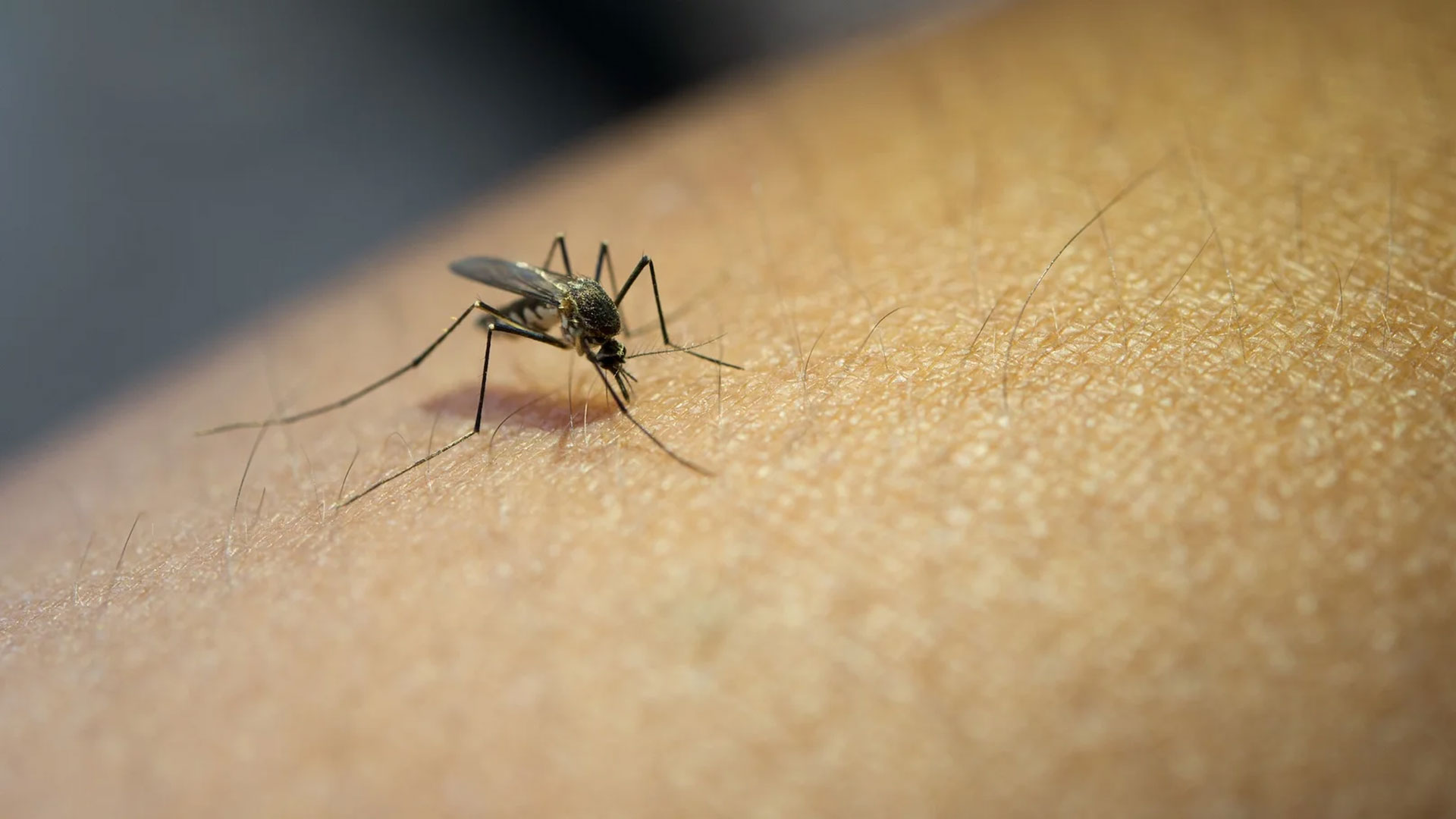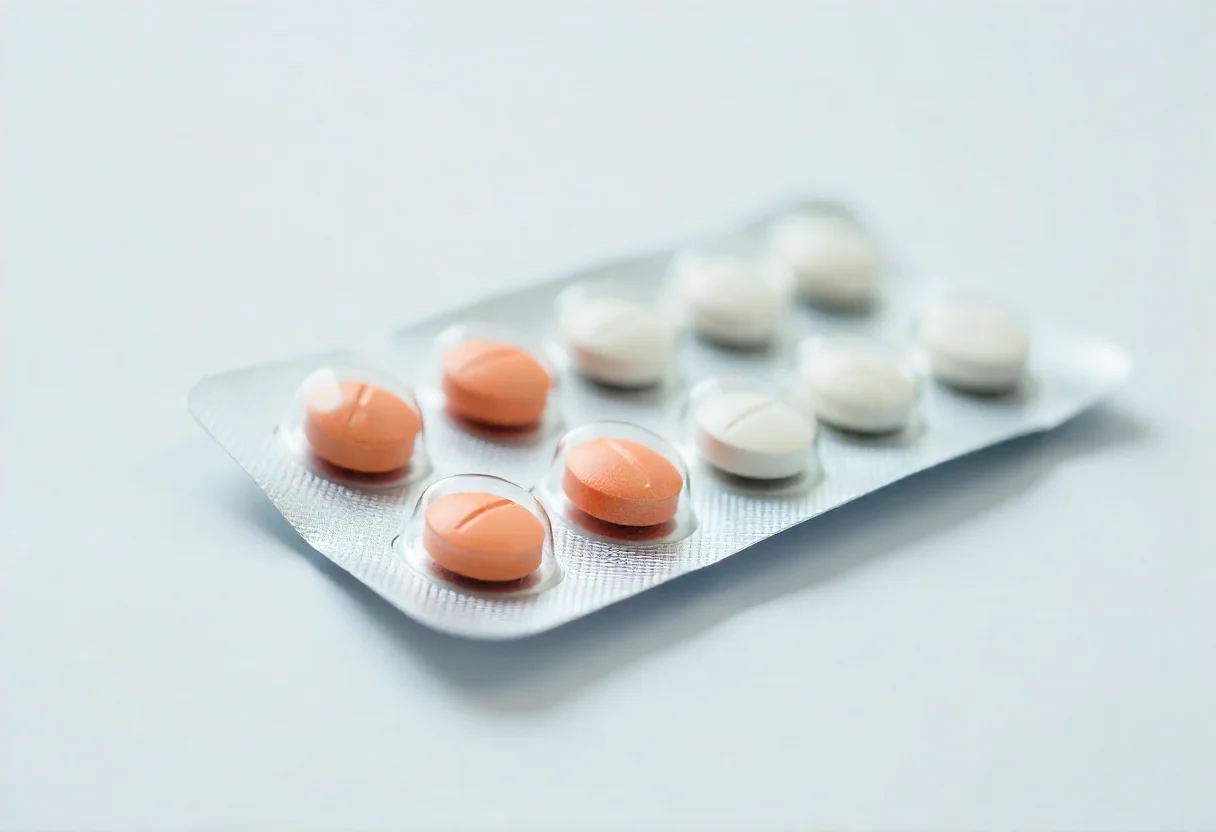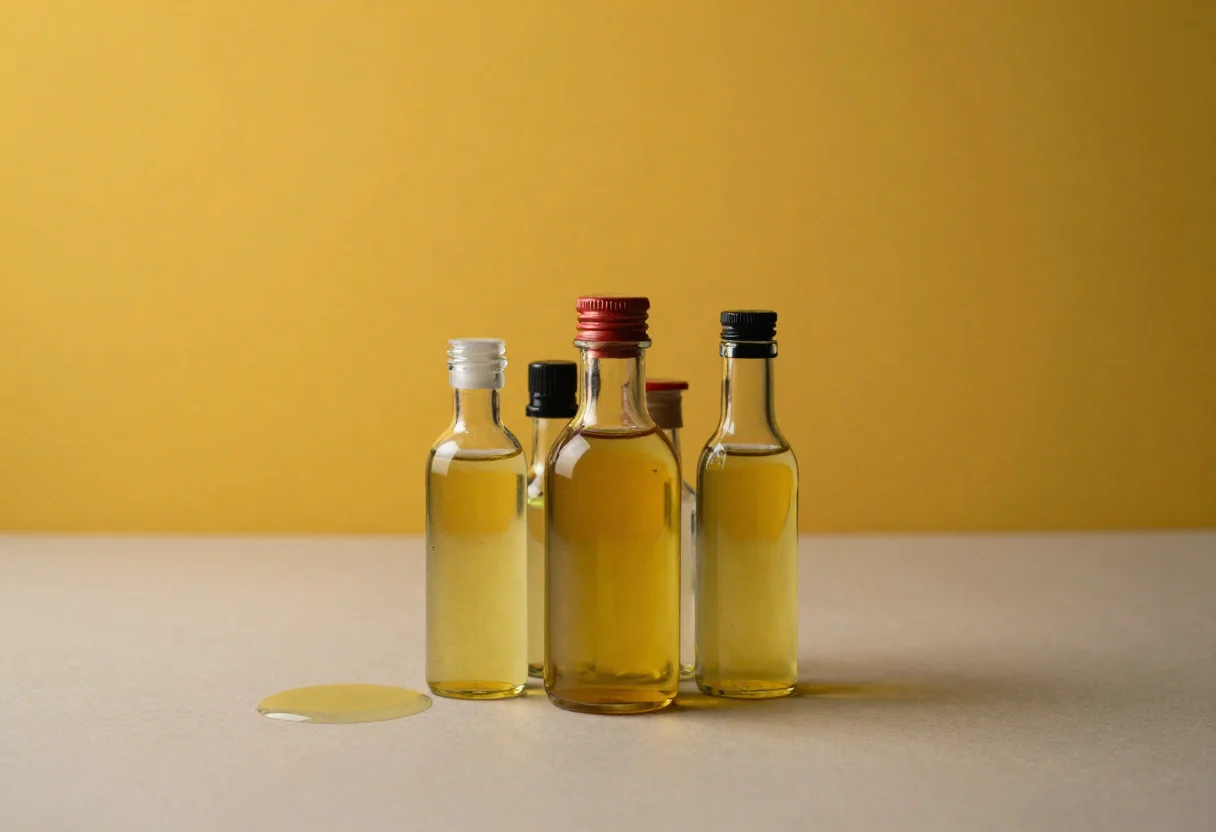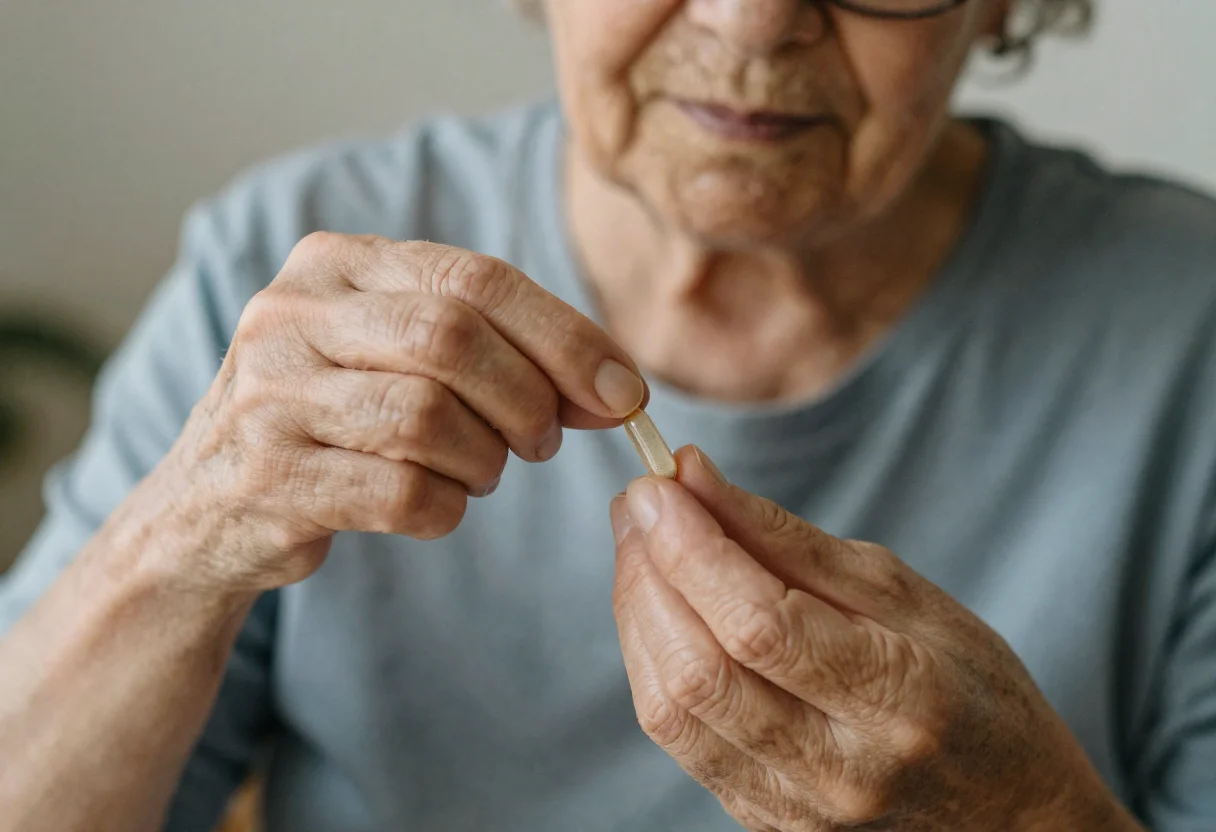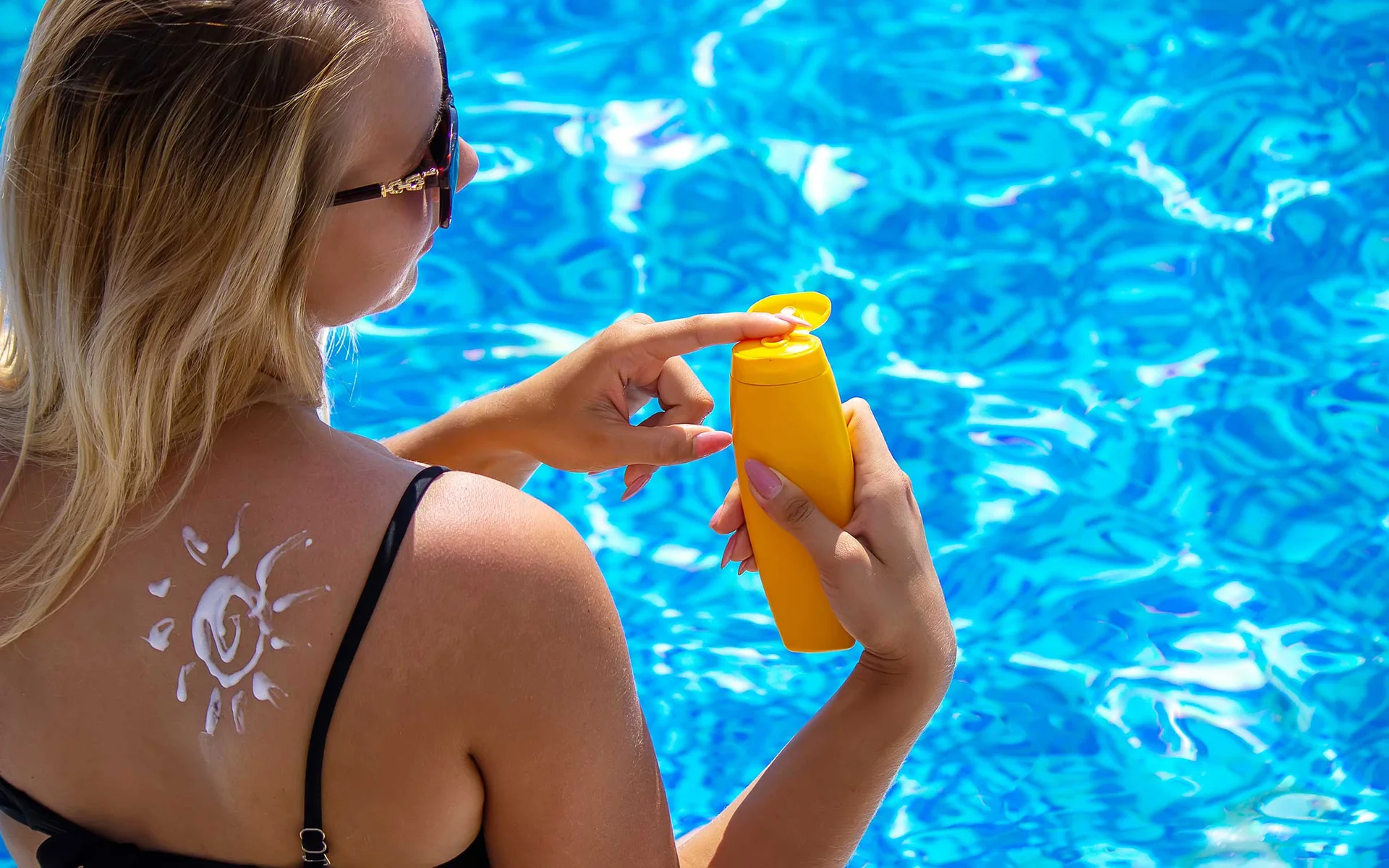
Skin, which has a defensive and regulatory role, is the largest organ of the human body. Its general structure consists of three main layers called epidermis, dermis and hypodermis. The stratum corneum, the top layer of the epidermis, is especially involved in the skin barrier function. It ensures skin homeostasis by protecting the body against numerous external factors such as chemical, environmental and physical stress, including ultraviolet (UV) radiation.
UV rays, especially UVA and UVB, can damage skin cells, leading to DNA damage. Sunscreen products are used to reduce the risk of skin cancer, prevent premature aging and minimize sunburns. These products protect the skin from the harmful effects of radiation by providing protection against UVA and UVB rays.
The benefits of sunscreens can be summarized as follows:
- Protects the skin against harmful sun rays.
- The high radiation risk of UVA rays and the damage of UVB rays to the DNA structure containing genetics may trigger skin cancer. By preventing this situation, it minimizes the risk of skin cancer.
- Prevents the formation of wrinkles and fine lines with regular use.
- It prevents the formation of skin spots by controlling the release of melanin color pigments.
- Prevents sunburns and reduces peeling problems.
- It ensures that the balance of collagen and hyaluronic acid is maintained without damage. Thus, it preserves the elasticity of the skin.
- The sun dries the skin and causes water loss. Thanks to creams, the skin barrier is strengthened and moisture balance is achieved.
It results in the skin losing its bright, luminous, lively and healthy appearance. It can cause serious diseases such as eczema, vitiligo, rash, skin sensitivity, wrinkles, edema, inflammation and skin cancer.
The amounts of chemicals in the formulation are critical to ensure that they do not harm the skin. The dosages of chemical substances such as avobenzone, oxybenzone, octocrylene, homosalate, octisalate and octinoxate are important. The usage rate has been determined by the Food and Drug Administration as (0.5 ng/mL).
A sunscreen with at least 30 SPF should be applied 15-30 minutes before sun exposure to form a thin film and reapplied every two hours or after swimming/sweating. Care should be taken to apply sunscreen to often neglected areas such as the face, neck, ears, hands and feet. Different types of creams can be used for face and body. In this case, considering facial sensitivity, the product with a higher number of factors may be preferred.Regular cleansing and moisturizing is essential for your skin to stay healthy. Additionally, adopting a healthy lifestyle that focuses on our overall health, such as eating a balanced diet, drinking enough water, and exercising regularly, also affects skin health.
- Radiation exposure depending on season
- SPF degree
- Skin Tone
- Age
- Gender
- Person's skin type and skin problems
- Having certain diseases
Sun sprays
They can be applied quickly and easily, but care should be taken when using them on the face. Application may be difficult in windy weather.
Sun lotions
They spread easily on the skin and have moisturizing properties. It has different formulas suitable for various skin types.
Sun sticks
Ideal for application to small areas, especially useful for the face, lips and ears. It is easy to carry and provides intense protection in sensitive areas.
1. Latha MS, et al., Sunscreening agents: a review. (2013).
2. Ngoc LTN, et al., Recent Trends of Sunscreen Cosmetic: An Update Review. (2019).
3. Yamada M, Mohammed Y, and Prow TW, Advances and controversies in studying sunscreen delivery and toxicity. (2020).
4. Guan LL, Lim HW, and Mohammad TF, Sunscreens and Photoaging: A Review of Current Literature. (2021).
5. Bhattacharjee D, et al., A comparison of Natural and Synthetic Sunscreen Agents: A Review. (2021).
6. Gonzalez-Bravo A, et al., The Effect of Sunscreens on the Skin Barrier. (2022).
7. He H, et al., Natural components in sunscreens: Topical formulations with sun protection factor (SPF). (2021).




